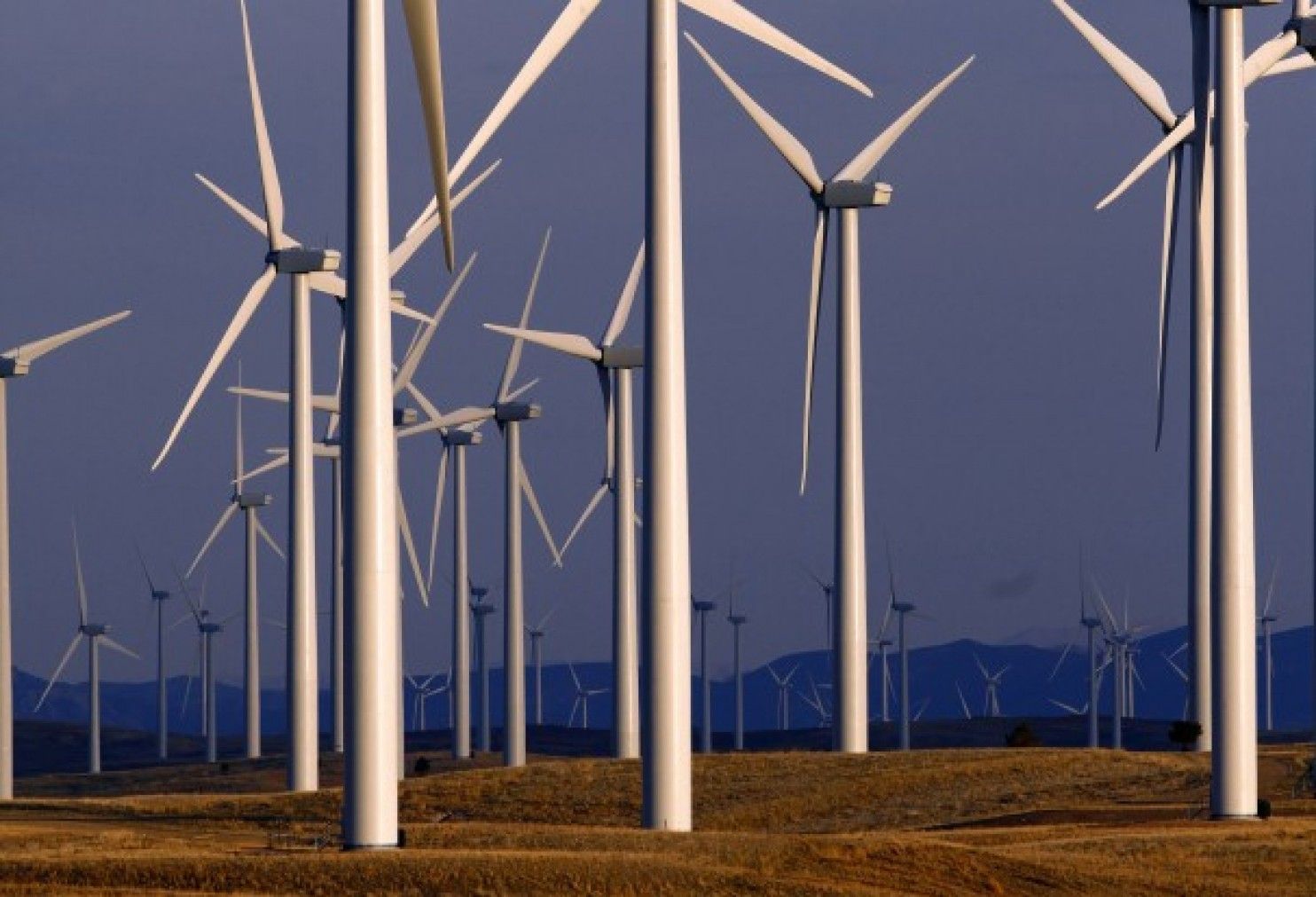Originally published at The Washington Post on May 2, 2014

(Matt Young/AP)
Wall Street. Asset-backed securities. Too big to fail. Memories of the mortgage market meltdown still haunt Main Street and Wall Street. But in spite of all the naysayers, the green business sector is growing up and may be just what Wall Street needs to help be a positive force in growing the nation’s economy.
Green business covers everything from solar power projects to more efficient HVACs in factories to energy storage systems that help to make the power grid stronger and more resilient. Something special is happening as the green sector comes into its own, reaching the multibillion dollar revenue hurdle and creating a sustainable, long-term opportunity for entrepreneurs, established companies, Wall Street financiers, investment funds, and mom and pop investors.
This is not an overnight success story. Solar power has been around since the dawn of the space program. Energy efficiency has been percolating into the real estate sector and corporate America since the 1970s. However, what has changed is the scale and the proven track record of green and renewable business.
When you finance a home you go for a mortgage to pay for part or all of your purchase over time. Wind, solar and other green businesses have been employing similar structures over the last decade, allowing utility, commercial and more recently residential owners to pay for power rather than buying equipment, or to lease instead of buy. These solutions have helped grow the green sector robustly. Solar installed more capacity in 2013 in the United States than in the previous 30 years.
However, this is only part of the story. Somebody still needs to provide the upfront capital to purchase a wind project. For a mortgage this is a bank. For an energy efficiency project, this has been a challenge. As the predictability, e.g., of the cost savings from an efficiency project, has become more predictable and legal structures catch up with the needs of the business and financial markets, things are happening that will transform our energy and environmental sectors.
Yieldcos and solar and wind backed bonds do not sound particularly sexy. But they are important. Within the past year, NRG, one of the nation’s leading independent power producers, floated NRG Yield, a company that owns a combination of traditional and renewable power plants and provides owners a predictable long-term dividend.
Listed on the New York Stock Exchange, the company can access the deep base of institutional and retail investors, providing a much deeper pool of capital to fund power project ownership, while giving investors robust returns in a low interest rate market. While only 43 percent of its assets are renewable, NRG Yield’s IPO price provided investors with a 4.2 percent yield. Pattern Energy, a wind developer, successfully floated a similar structure while Hannon Armstrong, an energy efficiency group, was able to qualify as a Real Estate Investment Trust (REIT) and provide a similar yield driven publicly listed vehicle for investors (solar and wind projects are not yet eligible for REIT treatment). There appear to be at least a dozen more yieldcos in the works.
Less liquid but potentially even more exciting are the bond markets. Exciting and bonds are rarely used in the same sentence, but solar backed bonds offer the promise of what mortgage backed bonds could not: known payment streams through energy production and sales and robust consumer, corporate and utility risk management to minimize non-payment risks. Companies such as SolarCity have tested the waters with securitizations with a $54 million offering in November 2013 yielding 4.8 percent, and a more recent financing of $70 million, both for rooftop solar. Larger and more diverse offerings will provide strong opportunities for asset management firms and individual investors alike in the coming months and years.
Finally, we have green bonds. Debt that offers a guaranteed coupon to investors, these differ from asset backed issuances like the Solar City offer as they rely on the overall credit of the issuer. An industry group issued green bond principals in January. The bonds raise funds for unspecified green corporate objectives analogous to how traditional bonds fund general corporate objectives. More than $10 billion in green bonds were issued in 2013, from groups such as the International Finance Corporation, Bank of America and Swedish property group Vasakronan. The segment is growing in 2014, with $7.4 billion of green bonds issued in Q1 including corporate heavyweights such as Unilever and Toyota, which recently issued a $1.75 billion bond focused on green vehicles.
Why should we care about these developments and what about crowdsourcing? We should care because yieldcos, asset backed bonds and green bonds are all multibillion if not trillion dollar markets. This matters in providing low risk solid yield investment opportunities for investors, low cost capital to green enterprises and giving Wall Street an opportunity to do good and do well. Crowdsourcing? Great platform, but the scale needed to really make an impact in the green sector reaches the billions and trillions, while crowdsourcing is still in the thousands and millions. Maybe in the future, but it is likely going to be our investment banks, asset managers and corporates that help pave the way to green gold, and help the world’s environment in the process.
